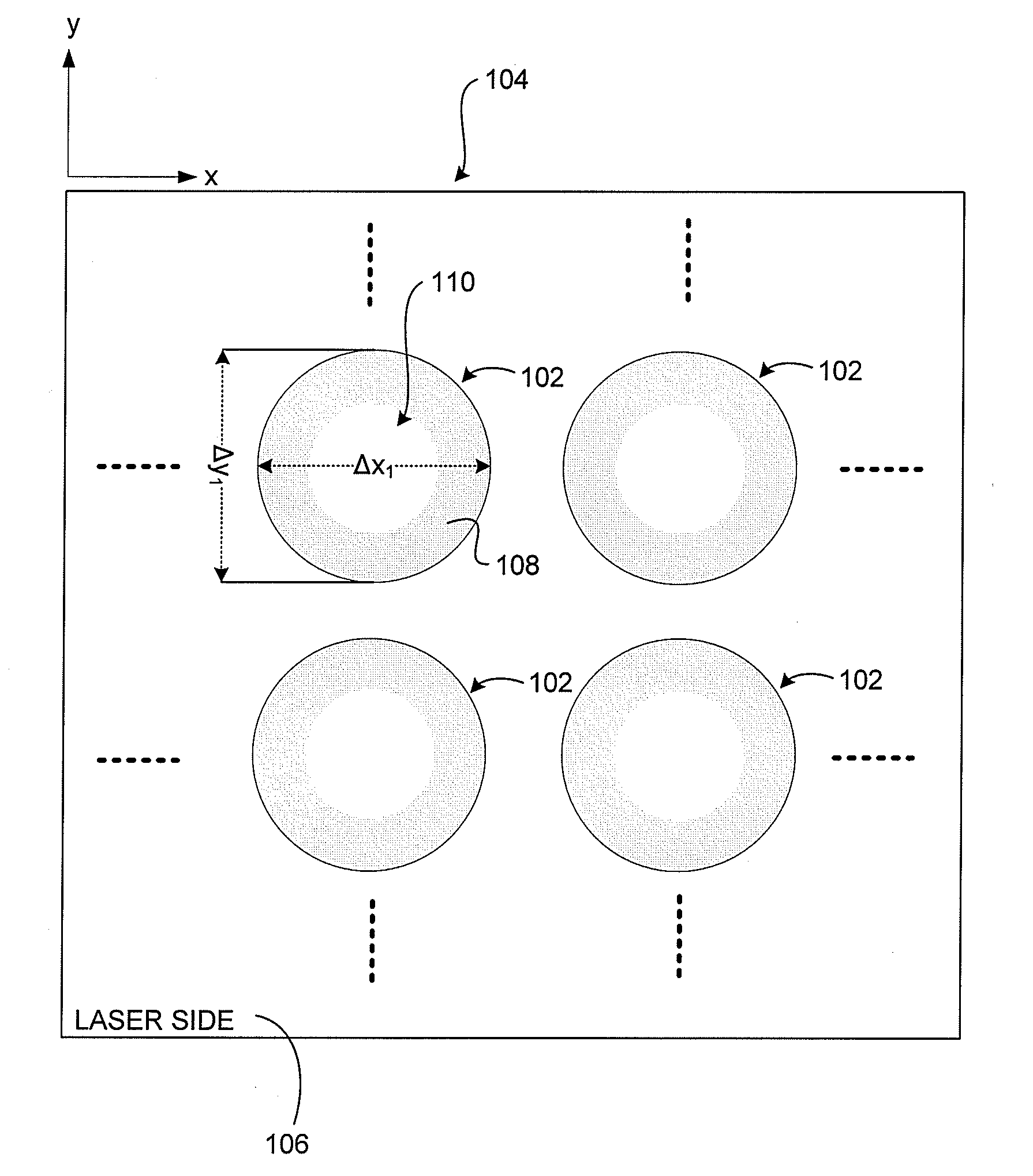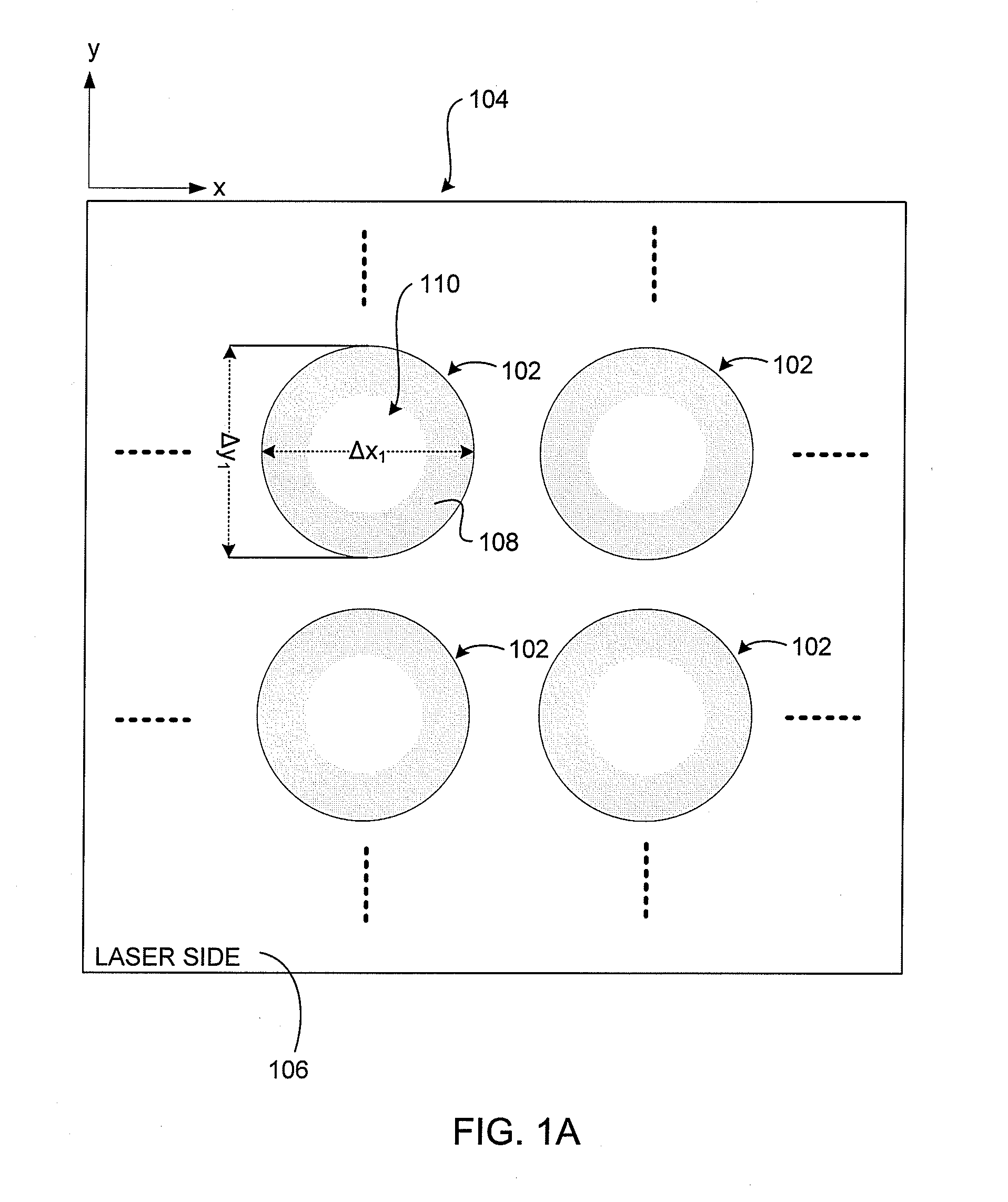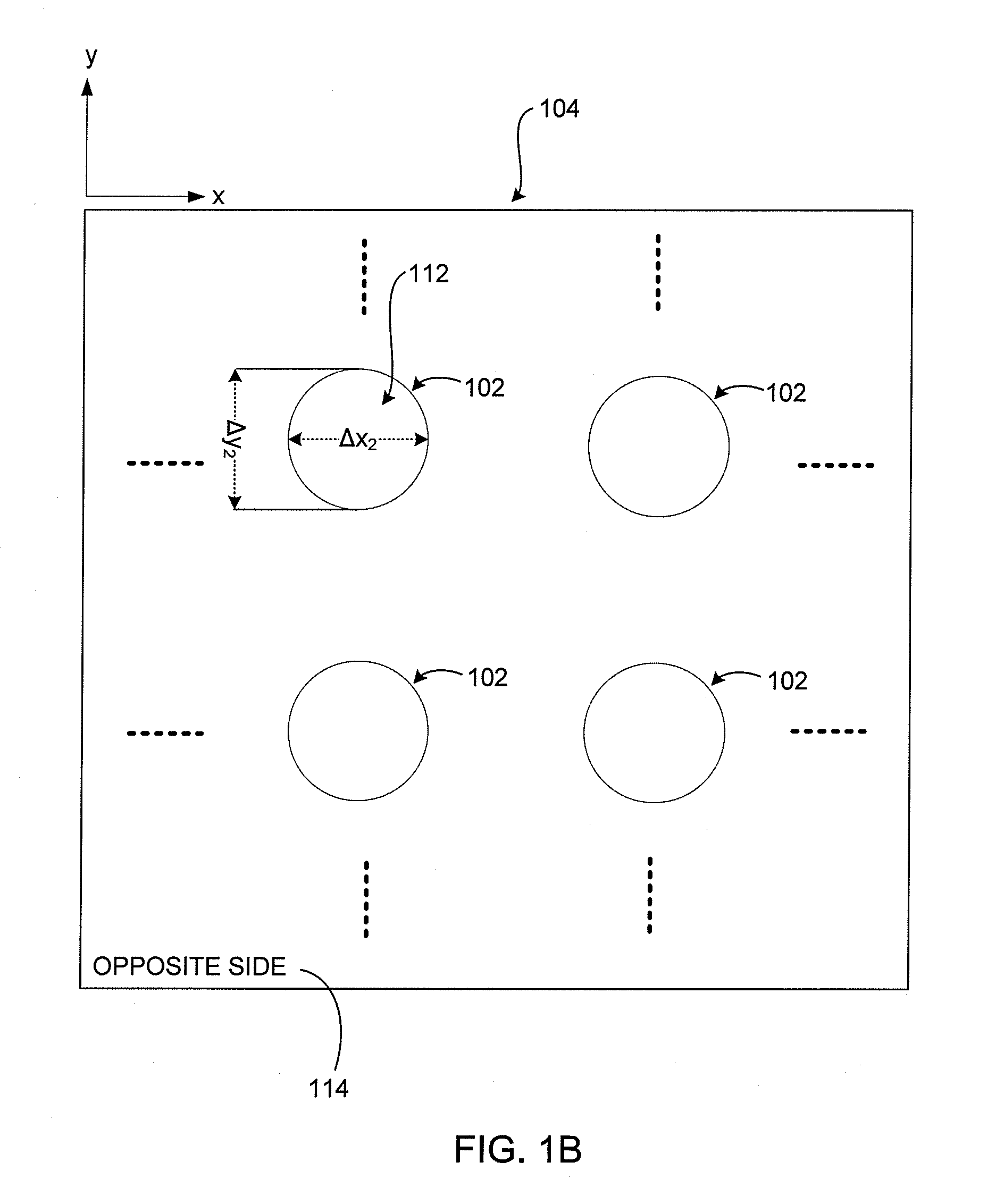Industrial fabric for production of nonwovens, and method of making thereof
a technology of industrial fabric and nonwoven fabric, which is applied in the field of endless fabrics, can solve the problems of limiting the length of production runs, affecting the quality of industrial fabrics, and affecting the quality of industrial fabrics, and achieves the effects of reducing the number of rolls, and reducing the cost of production
- Summary
- Abstract
- Description
- Claims
- Application Information
AI Technical Summary
Benefits of technology
Problems solved by technology
Method used
Image
Examples
Embodiment Construction
[0051]The instant invention will now be described more fully hereinafter with reference to the accompanying drawings, in which preferred embodiments of the invention are shown. This invention may, however, be embodied in many different forms and should not be construed as limited to the illustrated embodiments set forth herein. Rather, these illustrated embodiments are provided so that this disclosure will be thorough and complete, and will fully convey the scope of the invention to those skilled in the art.
[0052]The present invention provides a continuous support member such as an endless belt for use in the apparatus shown in FIG. 4(a), for example. While the description that follows is primarily for spunlacing process and fabrics or belts used therein, the application is not so limited. The inventive belt / sleeves are useful for other nonwoven processes, such as for example airlaid, melt blowing or spunbonding processes. The nonwoven support member functions in place of a traditio...
PUM
| Property | Measurement | Unit |
|---|---|---|
| height | aaaaa | aaaaa |
| diameter | aaaaa | aaaaa |
| pressure | aaaaa | aaaaa |
Abstract
Description
Claims
Application Information
 Login to View More
Login to View More - R&D
- Intellectual Property
- Life Sciences
- Materials
- Tech Scout
- Unparalleled Data Quality
- Higher Quality Content
- 60% Fewer Hallucinations
Browse by: Latest US Patents, China's latest patents, Technical Efficacy Thesaurus, Application Domain, Technology Topic, Popular Technical Reports.
© 2025 PatSnap. All rights reserved.Legal|Privacy policy|Modern Slavery Act Transparency Statement|Sitemap|About US| Contact US: help@patsnap.com



